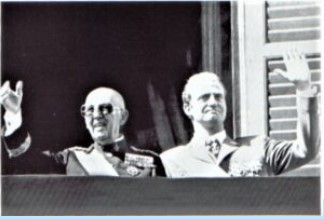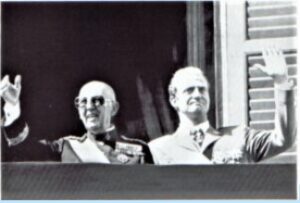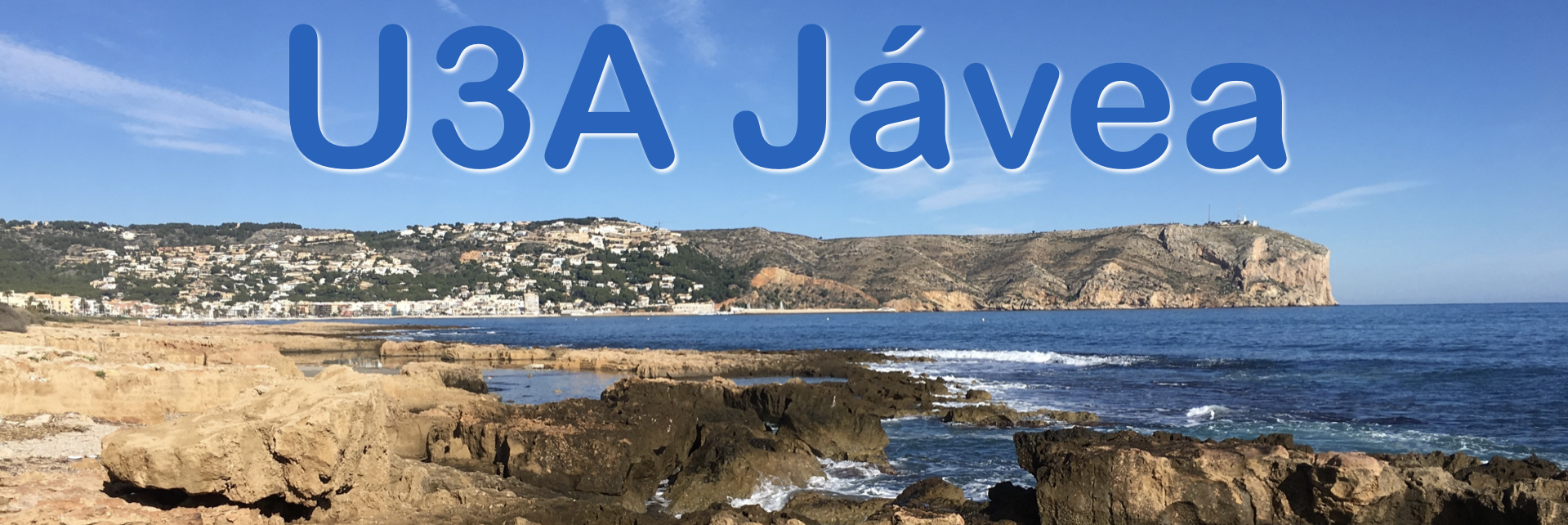

Presentation by Alan Oliver
The Civil War ended on 1st April 1939. The German and Italian forces that supported Franco left Spain after the Victory Parade in Madrid. Franco consolidated his rule through the Falange, and constantly changing his government ministers. It was effectively a one party fascist state, with the Catholic Church playing a major role.
Franco had a historic meeting with Hitler in 1940, when no agreement was reached and Spain remained neutral.
After WW2 Spain became increasingly isolated by the European democracies, but received economic support from Argentina. Eventually, at the height of the cold war, the Americans offered Franco a loan in return for bases. Thereafter, the Spanish economy slowly improved.
Franco agreed with Don Juan, the Spanish pretender to the throne, that his son Juan Carlos would be educated under Franco’s control, in an attempt to persuade Juan Carlos to accept the Falange doctrine, maintain the ‘moviemento’, and to ultimately to succeed Franco on his death.
When Franco died in 1975, Juan Carlos was quickly crowned, but immediately moved towards establishing a democratic government and a constitutional monarchy. In February 1982, an attempted army coup was denounced by the King who appeared on television. He became very popular in Spain at the time as a result of this action. In 1986 under the Socialist Government of Gonzales, Spain joined the EU, and rapid economic development occurred. Since joining the euro and after the financial crisis of 2008, the economy has flatlined with high unemployment ,especially amongst young people.
The country has huge debts both at national and Comunidad level and there are frequent allegations of corruption.
In 2014, Juan Carlos became surrounded by allegations of corruption, infidelity and ill health, abdicated in 2014 in favour of his son Fillipe V!

